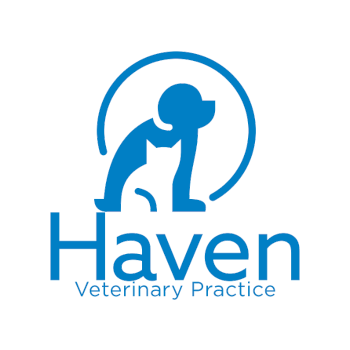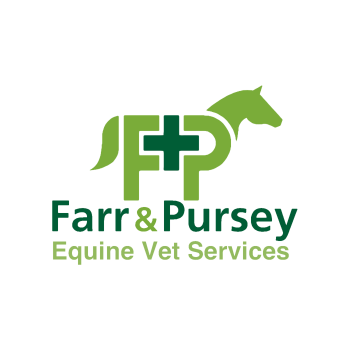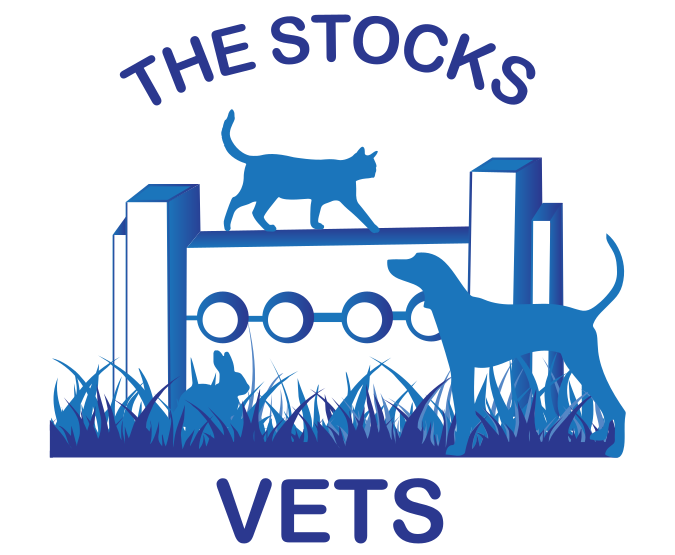Temperature monitoring and the RCVS Practice Standards Scheme
In 47% of PSS (Practice Standards Scheme) assessments, assessors found that there was lack of evidence of temperature monitoring for medicines- RCVS website

With almost 70% of eligible UK veterinary practices now part of this voluntary scheme, the figure suggests that temperature monitoring is an area where veterinary practices could benefit from automating and simplifying fridge monitoring processes.
So how can you accurately evidence temperature monitoring procedures in line with existing PSS guidelines?
You may already have a process in place, either manual or using data loggers, and believe it is sufficient and fit for purpose. However, manual processes are notoriously subject to human error, and dataloggers won’t inform you 24/7 if your fridge temperature is fluctuating, or even out of commission due to a mechanical breakdown or power failure.
It makes financial sense to automate
With significant values of drugs stored at many veterinary practices, it’s not just a question of regulated procedures but also financial common sense to protect your valuable stock.
Practices that are part of the PSS are exempt from Veterinary Medicines Directorate (VMD) four yearly inspections because the PSS assessment process incudes a medicines module which meets VMD requirements.
Fridge temperatures should be monitored daily, ideally by the same person, and the results logged, or if monitored by using an electronic data logger these should be alarmed, the alarm checked daily to make sure it has stayed within range and the data downloaded weekly. A written standard operating procedure should be in place, detailing the actions to be taken should the temperatures fluctuate outside the recommended limits.- RCVS website
What are the common issues with temperature monitoring? - Professionals (rcvs.org.uk)
Choose a comprehensive temperature monitoring solution
There is an easier way! The RemoteM temperature monitoring system was developed to monitor temperatures in fridges, freezers and ambient areas. It is also being used increasingly by vets and other organisations such as zoos to measure temperatures in other areas such as operating theatres, kennels and even herpetology environments and egg incubation units.
Why is it so special? It works by taking temperature readings every few minutes, which are sent to the Cloud, providing a constant source of information on the status of the appliance or area.
If a location goes out of pre-set temperature range, RemoteM will contact a designated person (or people) by email, SMS or automated voice call to alert that there is an issue – especially useful when premises are unoccupied at evenings or weekends. You can check in on the system at any time, from any device, anywhere in the world.
Easy, effective, accurate, affordable
RemoteM consists of a base station and nodes calibrated to the required temperature ranges, which are placed in each are to be monitored. It’s a simple ‘plug and play’ installation that requires no cabling or stray wires, just a plug socket to power the base station.
What’s more, it doesn’t rely on local WiFi or IT systems but operates using battery powered wireless communications. Battery backup ensures the system keeps monitoring even in the event of a lengthy power outage, so you will have accurate data on how the temperatures within your fridges and freezers have fluctuated, enabling you to make informed decisions on the future use of the medicines and vaccines stored there.
When your PSS assessment is due, you can simply download accurate reports detailing the integrity of your temperature monitoring control.
Why not give it a try?
Remote Monitoring Ltd offer vets a free two-week trial to see how the system operates in the real world, and to demonstrate its simplicity. To date, no trial equipment has ever been returned!


